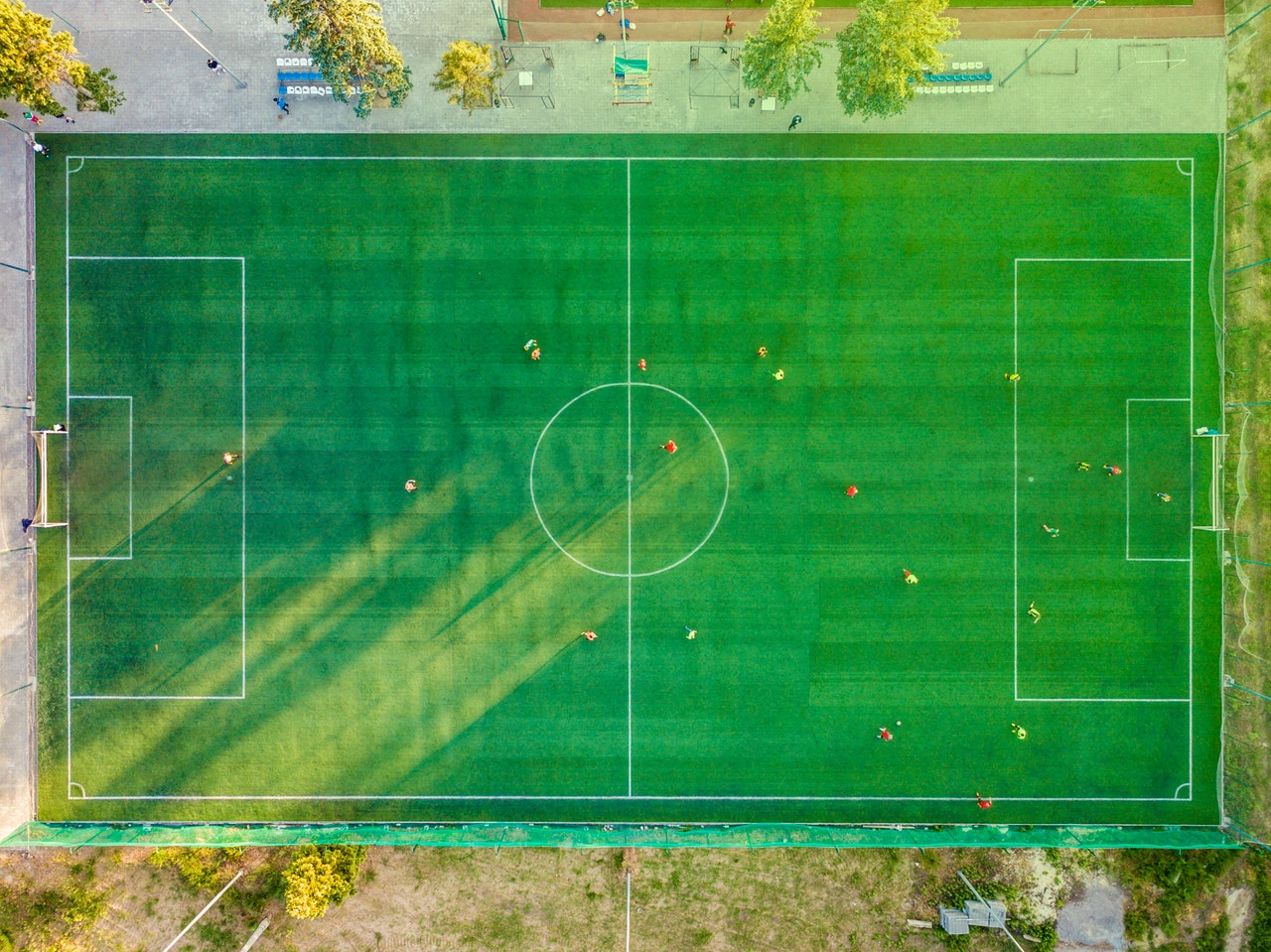Construction of sports and recreation facilities was largely stalled in 2020 due to the coronavirus pandemic, creating the immediate need for business owners to quickly identify new and diversified revenues streams as they navigated forced business closures, stay-at-home orders, social distancing requirements, and the global shift to digitization.
The pandemic was catastrophic for many businesses and industries, but especially those that relied almost entirely on in-person sales, operations and participation—for example, sports and recreation facilities, soccer leagues and sports complexes.
The Accelerated Rise of the Digital Economy
With the entire world looking to technology to bridge the gaps left in the wake of the pandemic, we—as a global society—have become entrenched in a time of unparalleled investment and reliance upon emerging technologies.
The global shift to digitization, rapid and ongoing technological advancements and improvements, and paradigm shifts in the way people engage with sports—and each other—have ushered in an exciting new era for soccer leagues, sports complexes, and other sports and recreation-related business.
Three Soccer Facility Trends to Watch in 2022
Below, we’ve outlined three of 2022’s top soccer trends that are predicted to impact everything from sports complex design to soccer player and attendee experiences.
1. Multifunctional Facilities & Versatile Spaces
While many sports complexes were traditionally designed to serve a distinct purpose—for example, the investor needed an indoor soccer facility or an outdoor football stadium—we’re now seeing a massive shift to versatility in space usage and advancements in technology to create dynamic, multifunctional spaces that allow for seamless transitions between activities.
Sport-specific complexes are great in the right context, but they’re rarely able to be used appropriately for recreation centers. And because you’ll want to host as many soccer events, sports games, training camps, and other sports-related events/activities as possible, you’ll need a venue that’s versatile and able to adapt to changing needs to ensure long-term growth and viability by diversifying your revenue streams.
For example, at Tottenham Stadium—home of the English Premiere League’s Tottenham Hotspur—the stadium’s field can be adjusted based on the sport that’s being played. The stadium typically hosts soccer events which require a natural grass pitch—but the venue also hosts two NFL games per season, in which artificial turf is used.
2. Interactive Kiosks
Placing kiosks—small booths or structures—throughout common spaces of your sports facility is a simple concept that’s been around for a long time. And they’ve been around a long time because they’ve proven their worth.
Traditionally, kiosks were mostly used as information booths and required staff to operate them. But now, thanks to advancements in technology, digital kiosks offer more dynamic, interactive and user-friendly content—as well as advertising and sponsorship opportunities—and they don’t require staff to operate.
For example, AT&T Stadium—home of the Dallas Cowboys—offers interactive kiosks to help fans connect with their favorite football players. Guests can take photos of themselves at the venue’s selfie stations, and then simply press a few buttons to add their favorite players into the picture with them.
Photo kiosks usually prompt fans to input their email address so they can have their photo emailed to them, right then. Then fans are able to upload and share the photo across their social media channels—which, in turn, enables data capture while also boosting your venue’s digital presence, social media engagement, and online ranking.
3. Robotic Concessions
Concession stands are a must-have for soccer facilities because there will always be a demand for food and beverage options between the soccer players and other athletes, attendees, and staff. It just makes good business sense.
And, fortunately for venue owners—they’re also typically a huge money maker. But let’s not forget that concession stands do come at a cost to sports complex owners—one of biggest costs being the staff required to operate them. As technology continues to improve and advance rapidly, it’s only a matter of time before robotic concessions start popping up in sports facilities of all sizes, all over the world.
For example, a robotic arm named Flippy was introduced at Dodger Stadium during the 2018 World Series to help manage increased demand for concessions. In 2019, Flippy became a mainstay in Los Angeles as the Chicago-based concession company is working on their technology to increase efficiency and reduce costs inside stadiums.
Flippy has since been spotted working hard at CaliBurger in downtown Pasadena, and White Castle recently announced plans to gradually roll out 100 new Flippy 2s over the next few years.
Conclusion
One big takeaway from the pandemic is that businesses need to prioritize working smarter—and the way to do that is by utilizing technology. We’re not yet clear of COVID, and businesses all over the United States are still facing labor and supply shortages.
As a soccer facility or sports complex owner, the best thing you can do to prepare the future during periods of uncertainty is to start saving money now by utilizing technology to streamline operations, reduce costly errors and inefficiencies, and limit risk.
To learn how EZFacility’s sports facility management software simplifies the scheduling and management of fields, courts, leagues, tournaments, teams, coaches, memberships, and more—schedule a free online demonstration and personalized product tour today.
You may also be interested in:
Key Considerations Before Building a New Sports Facility
